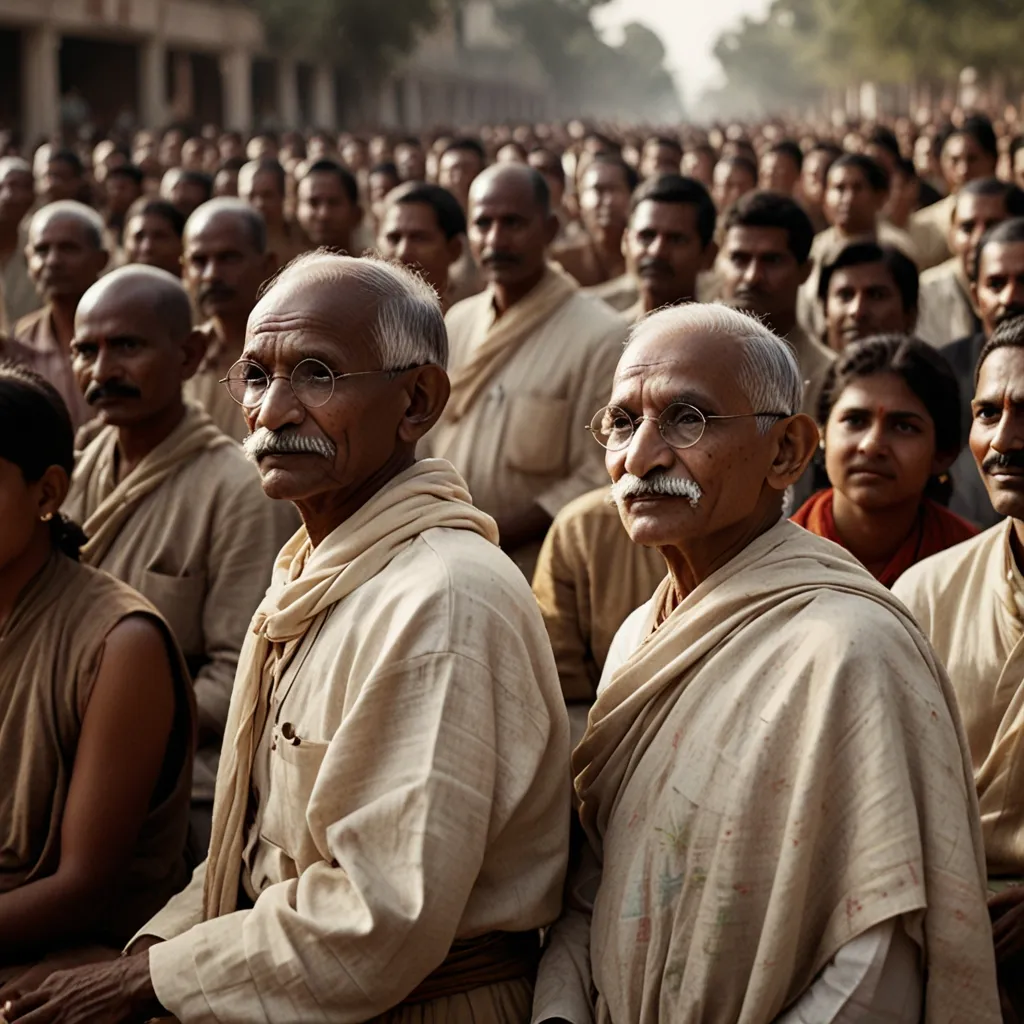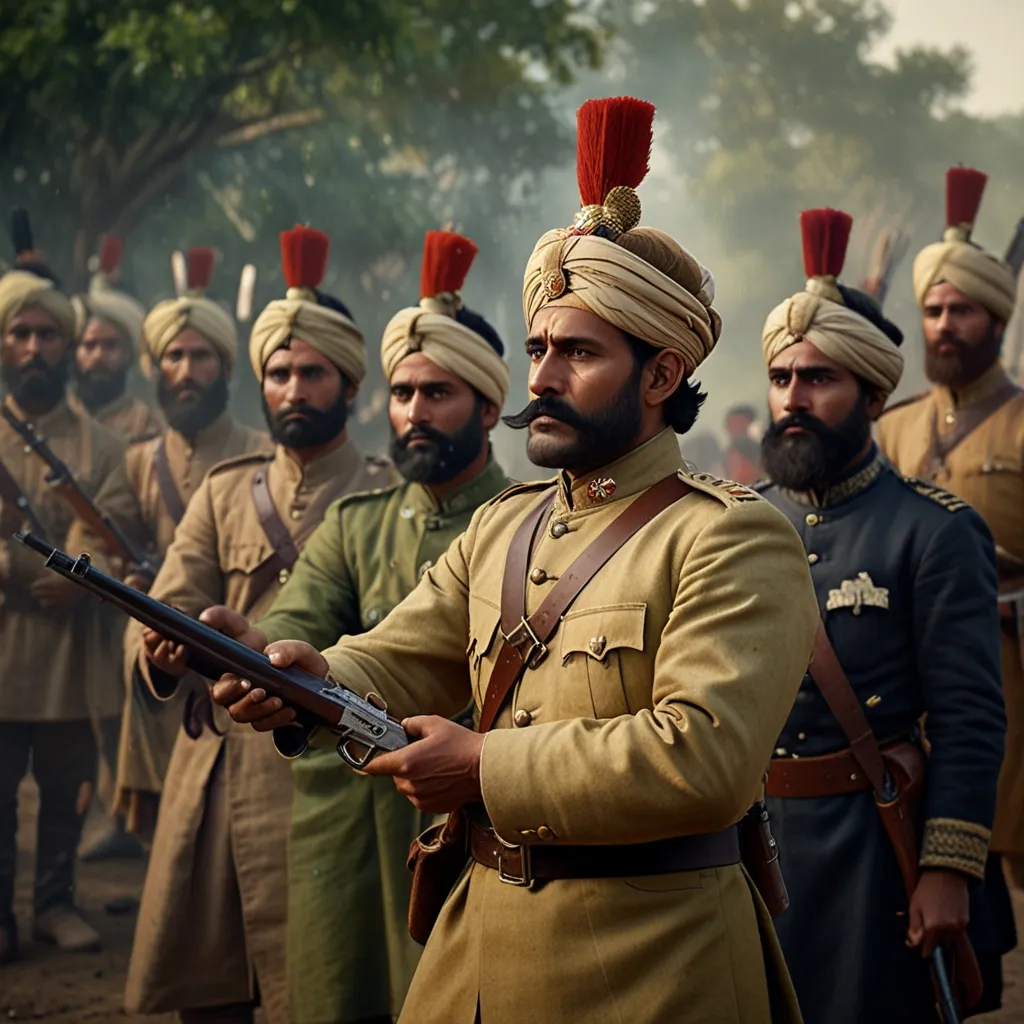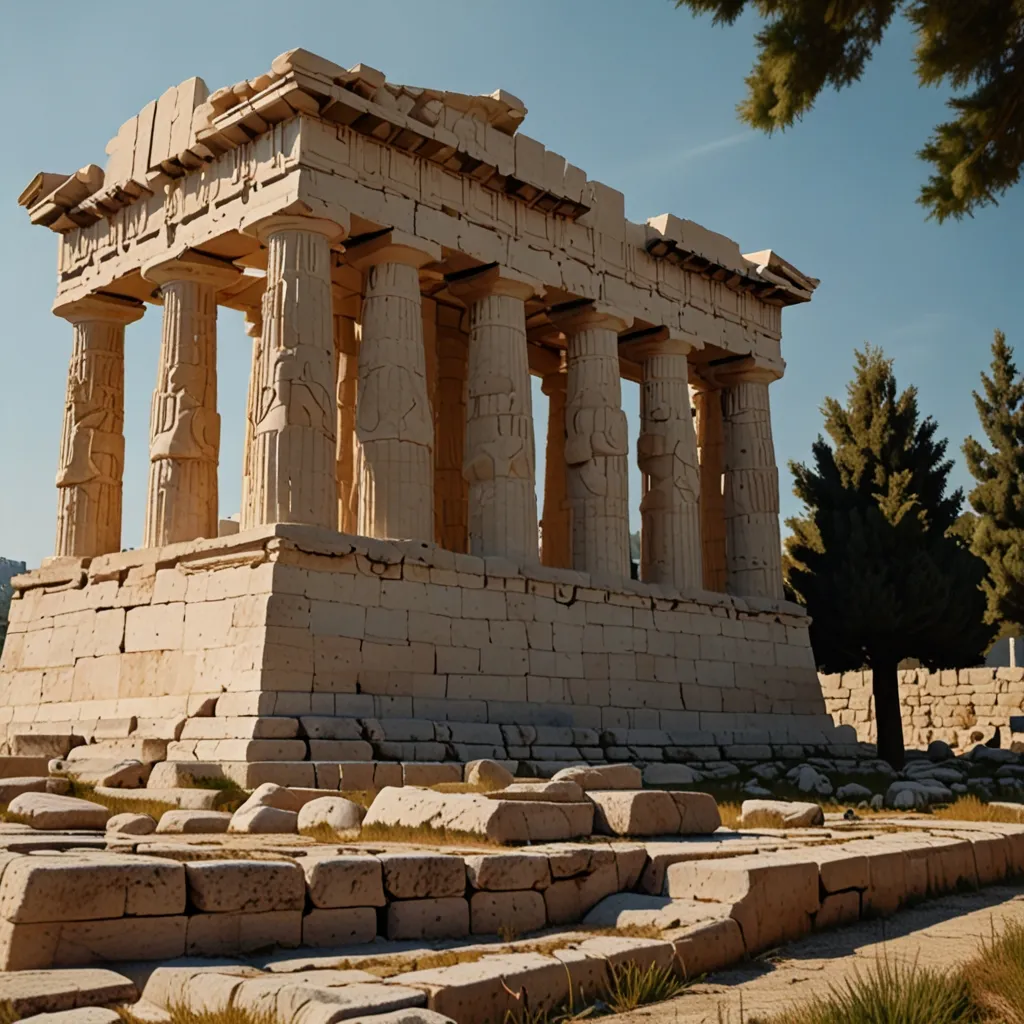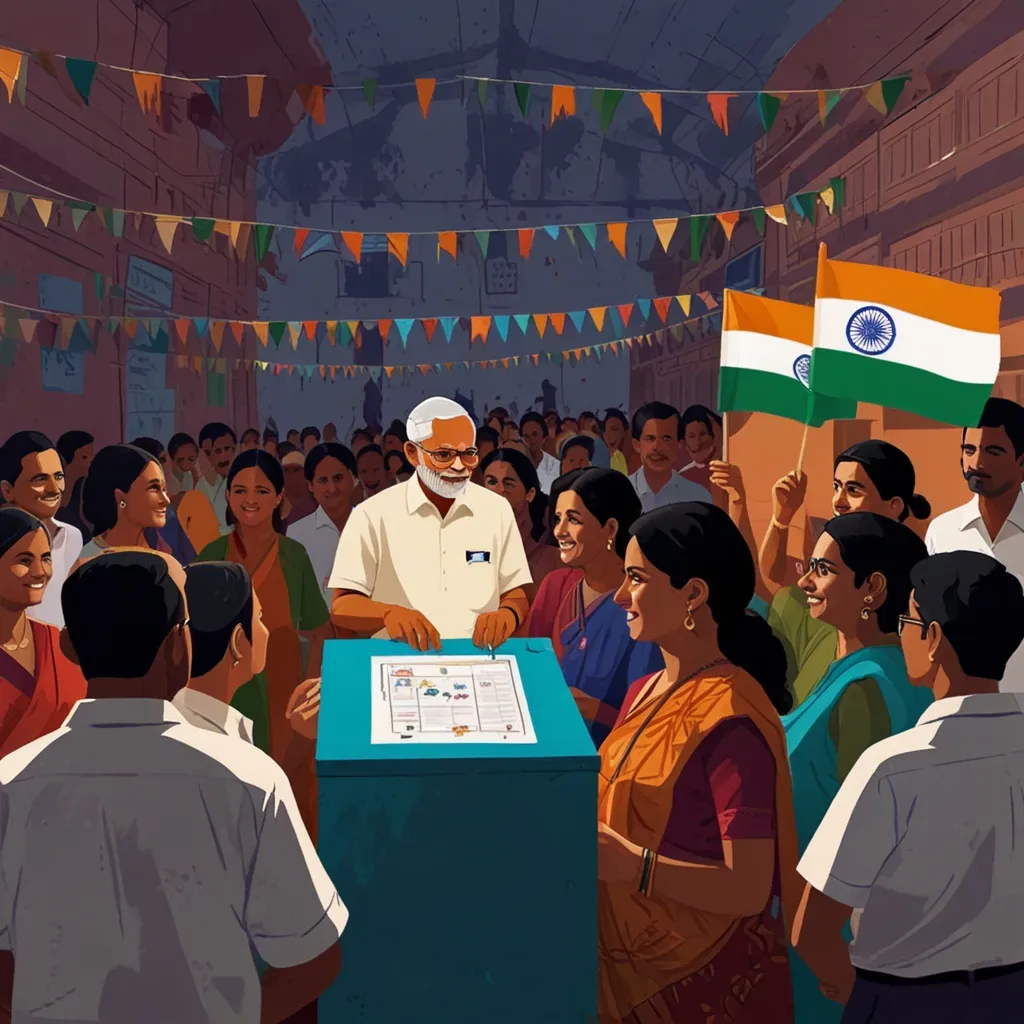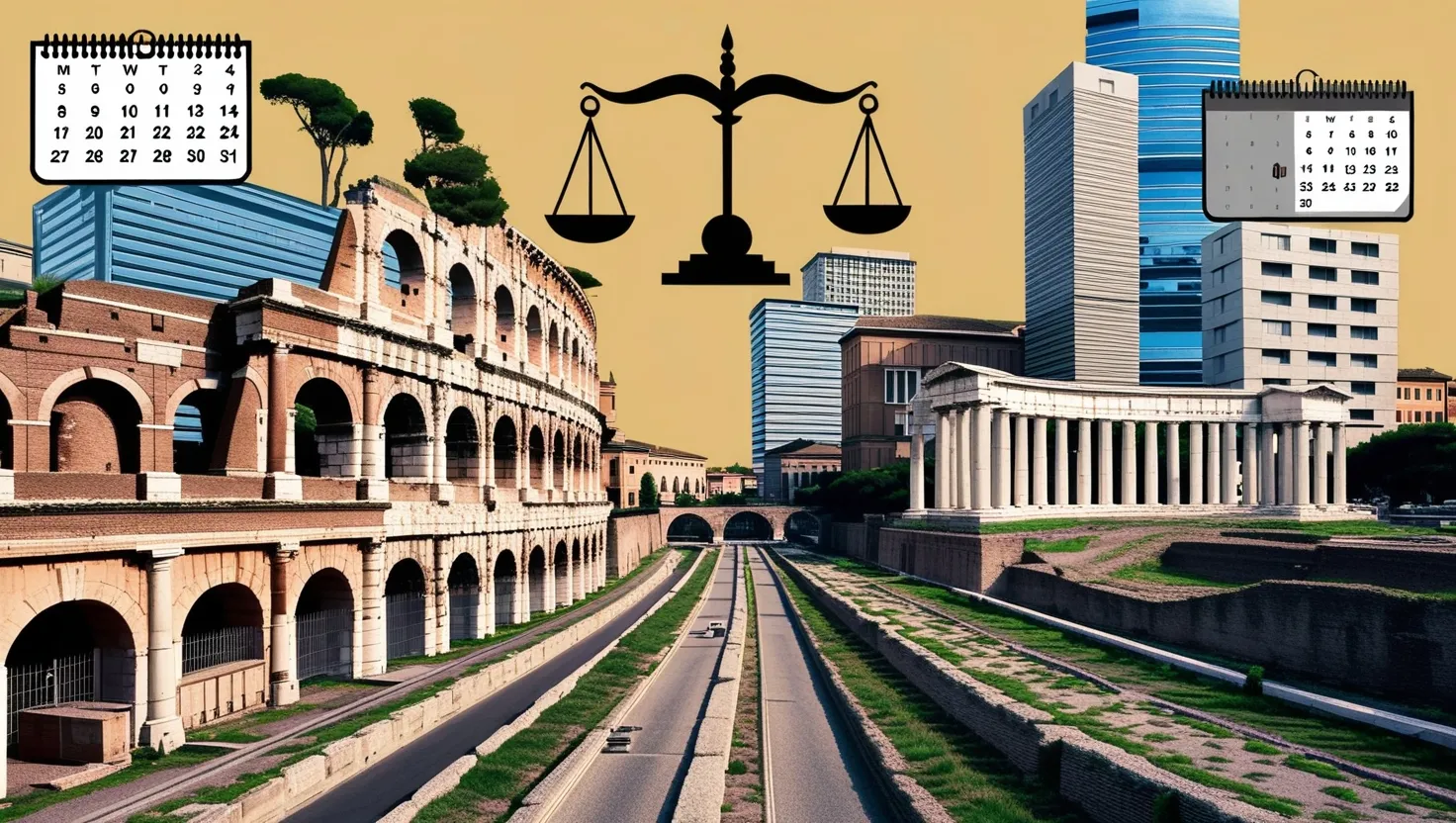The Quit India Movement of 1942 was a game-changer in India’s bid for freedom from British rule. This wasn’t just a typical protest; it was an all-out push for Indians to govern themselves. Years of broken promises from the British had people fed up, and it all came to a head during this movement.
Mahatma Gandhi, a big name in the Indian National Congress, was the driving force behind mobilizing the masses. Before this, he was all about passive resistance to get change, but by the late 1920s, he was like, “Nah, we want full independence.” His civil disobedience campaigns in the 1930s really got people’s spirits up and made them believe freedom was possible.
The movement kicked off because Britain decided to drag India into World War II without even asking Indian leaders. This didn’t sit well with many political figures in India. They felt it was totally wrong for the British to make these decisions for them. The Japanese were advancing in Southeast Asia, and some Congress Party members wanted India to declare independence to avoid a Japanese invasion.
Gandhi’s “Do or Die” speech on August 8, 1942, in Bombay was the moment it all started. He told the British to leave India, making it clear that Indians would fight for their freedom or die trying. This fired up people across the nation, leading to large-scale protests and civil disobedience.
The British reaction was harsh. They arrested leaders, including Gandhi, without trial, trying to snuff out the movement. But the resolve among the people remained unbroken. Violent incidents occurred, like attacks on British symbols of power. Despite deploying military forces to crush the protests, the impact of the movement couldn’t be denied.
The Quit India Movement messed up British control big time. Schools had empty desks, workplaces were deserted, and life as usual came to a halt as people protested. This showed just how fed up folks were with the British empty promises. The determination of the people gave the British a clear message: ruling India without Indian cooperation was impossible.
Nonviolent resistance was a cornerstone of the movement, thanks to Gandhi. Even without a clear plan and despite intense repression, the movement profoundly impacted society. It demonstrated that the people’s collective will could indeed bring about significant changes.
This wasn’t just an Indian story; it had international ripples. The USA, with President Franklin D. Roosevelt at the helm, pushed Britain to consider Indian demands. This outside pressure further weakened British control.
Ultimately, the Quit India Movement was crucial in India’s independence journey. It united the people and showed their unwavering desire for total freedom. Its importance lies in changing the way India’s political future was negotiated, leading to eventual independence in 1947.
The movement left a lasting legacy of national unity and camaraderie. Women played vital roles, from running underground radio stations to other secret activities. It profoundly changed society and changed the course of negotiations with the British, setting the stage for India’s eventual independence.
In summary, the Quit India Movement was a defining chapter in India’s fight for freedom. It showcased the power of nonviolent resistance and the collective will of the Indian people, paving the way for significant future developments that finally led to India becoming an independent nation.
